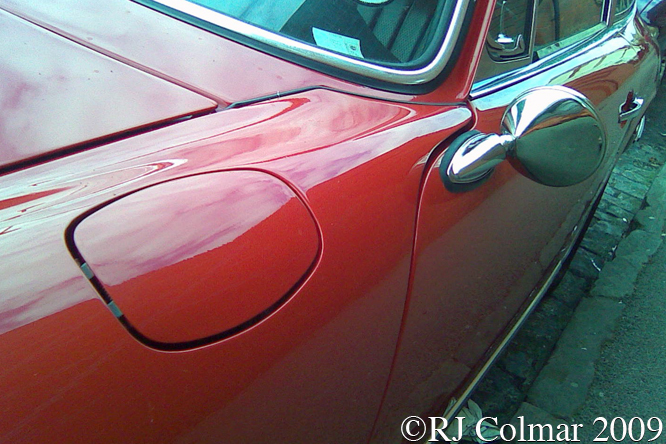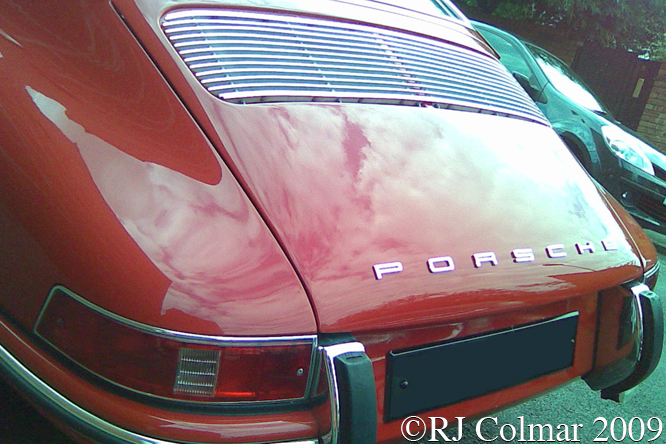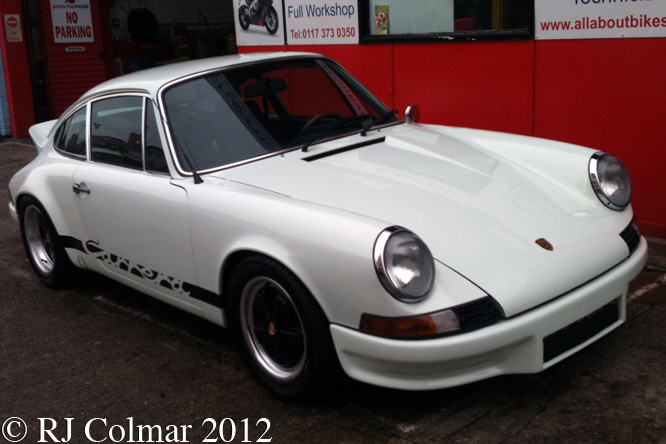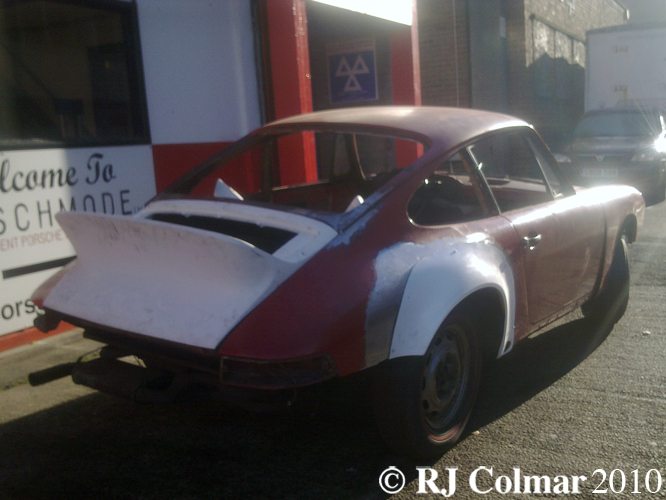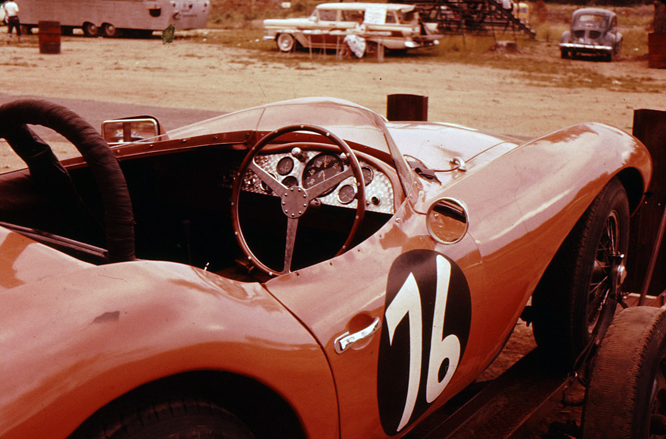In 1950 US Porsche importer Max Hoffman suggested to the factory that they build a car that could compete with English sports cars, particularly the Jaguar XK120. Porsche’s response was to build what would become the Type 540 that Hoffman dubbed the America Roadster in 1951. In order to be competitive the car was eventually built in aluminium but the cost was so great, US$4600, that only 17 were sold and everyone lost Hoffman, Porsche and the designated coachwork builder Heuer Glaser money, Heuer Glaser lost so much they went bankrupt.

Despite the commercial failure of the Type 540 Hoffman convinced Porsche to have another go at producing something that could compete with the British imports to the USA adding that the cost should be below $3,000. Porsche ended up presenting a stripped down version of the 356 Cabriolet fitted with a removable windscreen for competition, a light weight soft top, for weather protection only, side curtains replaced the side windows and the car was fitted with competition type bucket seats. The Speedster was an instant success despite it’s minimal trim, even the heater was an optional extra to keep the base cost down.
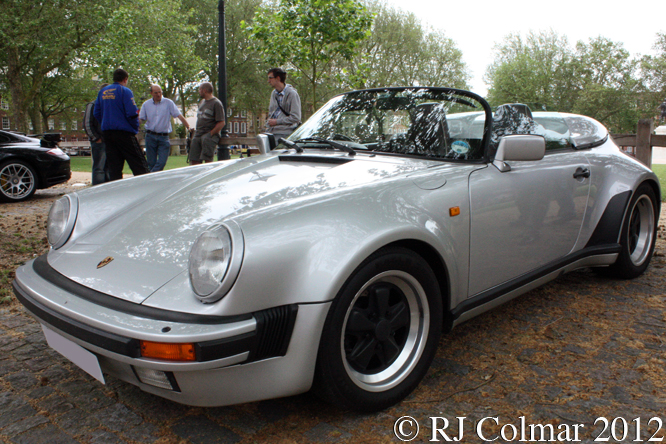
Speedster production continued with model upgrades in 1955 and 1957 until 1958 when the model was replaced by the slightly more opulently appointed Cabriolet D contracted to coach builder Drauz at Heilbronn.

Given the success, at a cost of minimal profit margins, of the 356 Speedster it is perhaps not surprising that Porsche waited a full quarter of a century after the launch of the 911 before introducing a successor to the 356 Speedster in the form of the 911 Carrera 3.2 Speedster.

In 1969 impatient with Porsche to produce a Speedster 911 Porsche enthusiast Stan Townes created a Speedster by cutting the top off a crashed 1967 911 Coupé and fitting a cut down screen as per the original 356 Speedsters. It was not until 2 years after American CEO Peter Schutz had extended the development of the 911 in 1981 that Dr Helmut Bott turned his attention to an official factory built 911 Speedster.

The first public awareness of the new model came in 1987 when two prototypes appeared with removable windscreens and a number of other features including a Clubsport fiber glass cockpit surround that effectively turned the 911 into a single seat racer complete with roll hoop.
Nothing quite so radical was available when the 217 hp, option M503, 911 Carrera 3.2 Speedster went into production from January to July 1989. Two versions of the Speedster were built, 171 with the narrow body and 2,104 with the flared Porsche 930 ‘Turbo Look’ body as seen on today’s featured vehicle which is one of just 139 Speedsters equipped with the steering on the right.
Thanks for joining me on this “Cut Down Turbo Look” edition of “Gettin’ a li’l psycho on tyres” I hope you will join me again tomorrow, when I be looking at one of the most radical street cars and desirable Porsches ever built. Don’t forget to come back now.
PS Some months ago I posted about a blog about a Buick Electra 225 Riviera that was supplied by Deal of Asheville NC.
Deal were taken over by Harmony Motors who operate a VW/Audi/Porsche dealership. Toni Burrell from Harmony has contacted me to let me, and you, know that Harmony are trying to raise $10,000 for the Mission Foundation Ladies Night Out breast cancer screening programme. Harmony are donating $100 for every new Volkswagen sold during October.
So if you are thinking about buying a new Volkswagen and would like to be part of the Mission Foundation Ladies Night Out fund raising drive and your anywhere near Asheville NC you better get your skates on further details can be found on this link.



